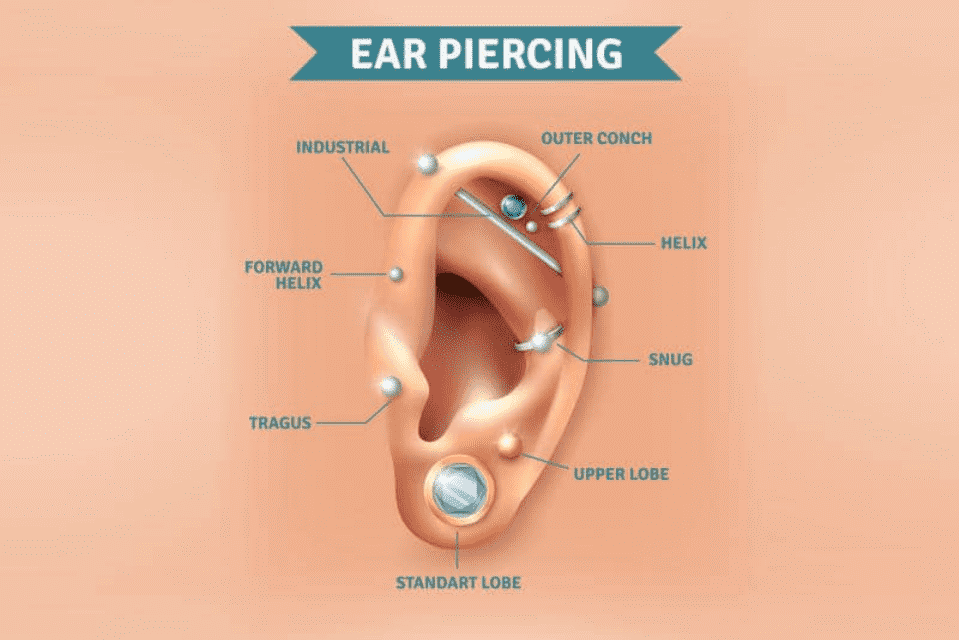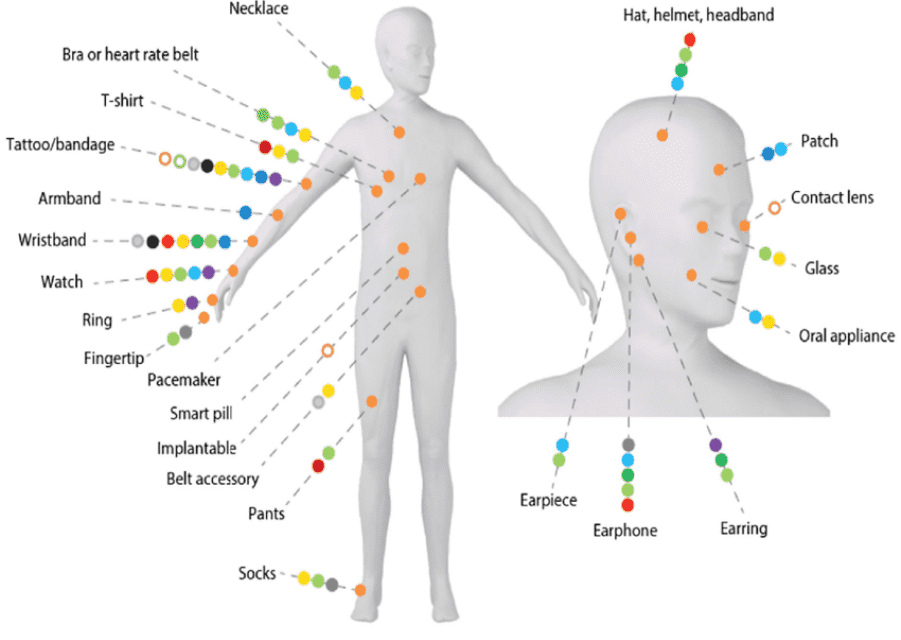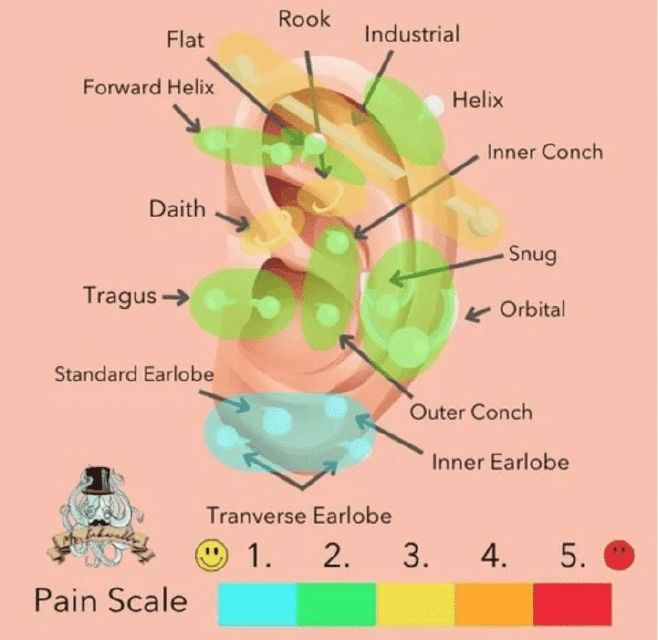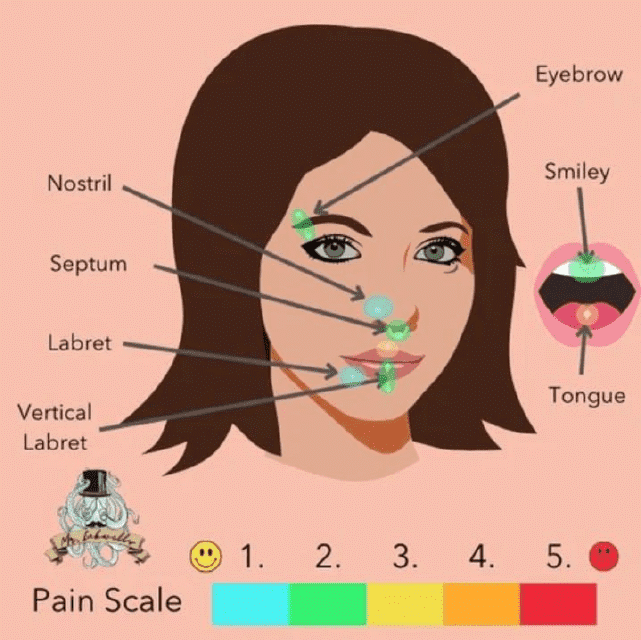Free Piercing Pain Chart Templates
Piercing Pain Chart: What Is It?
The body can be pierced in a plethora of different places nowadays. The possibilities can appear endless, ranging from the mouth to your ears and sometimes even the belly button or genitalia. A Piercing Pain Chart is an extremely useful tool as it helps show the relative pain scale for each part of the body.
Alternate Name:
- Piercing Pain Level Chart.
Such level of pain may vary slightly from other piercings and this is dependent on where on the body it is done. It is true that each experience is unique and it could differ considerably from person to person, as this depends on how much pain an individual is capable of tolerating. Different individuals have different thresholds.
Nevertheless, physiological factors including nerve cells, epidermal layers and cartilage density are just some of the typical explanations why a piercing can produce more pain than in other areas of the body. Wherever an individual has more nerve cells on their body, the individual will generally experience more discomfort. The purpose of nerve cells is to detect sensation, contact, stress and temperatures. For instance, if you are looking to get pierced somewhere on your genitalia – this can be quite uncomfortable due to the presence of nerve bundles within these areas, increasing sensitivity.
Piercings are typically performed quickly. It will not take long for the discomfort that an individual experiences to pass. People may feel increasing soreness as they go through the process of healing - which is completely normal. However, if an individual experiences pain that does not pass and they can see that the healing process is not going well, they should consult a doctor.
For a full list of Piercing Pain Chart templates please feel free to check out our library below.
Still looking for a particular template? Take a look at the related templates below:





